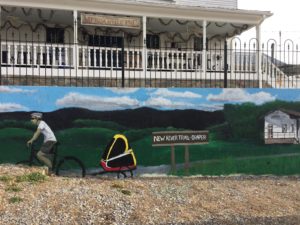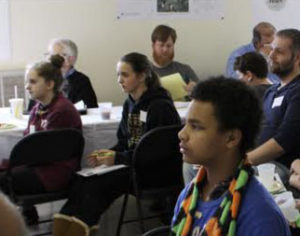Background
Dialogue + Design, in partnership with Downstream Strategies and Pennsylvania State University, conducted the Strengthening Economic Resilience in Appalachian Communities project, sponsored by the Appalachian Regional Commission. The project explores and documents strategies and policies local leaders can use to enhance the future economic prospects of coal-impacted communities throughout the Appalachian Region. Dialogue + Design spearheaded the qualitative outreach for this project, which explores and documents strategies and policies local leaders can use to enhance the future economic prospects of coal-impacted communities throughout the Appalachian Region. We supported the four key components to this research project, including developing a comprehensive, quantitative framework to explore economic resilience; identifying a series of best-practice strategies for strengthening local economic resilience; conducting up to 10 in-depth case studies; and developing a guidebook that interprets and integrates findings of the research for local economic development practitioners.
Final Reports – Strengthening Economic Resilience in Appalachia
February 2019
Downstream Strategies, The Northeast Regional Center for Rural Development, Dialogue + Design Associates, West Virginia University
 |
The economies of many counties and subregions in Appalachia have historically depended on a few dominant industries, such as mining or manufacturing. In recent years, Appalachian coal production has plummeted, resulting in devastating impacts on families, communities, counties, and states. It is critical to understand how coal-impacted communities can transform and diversify their economies and build resilience against future economic shocks.
This study defines economic resilience as a local community’s capacity to absorb, resist, and recover from an economic shock, such as an economy-wide recession or industry restructuring. The study comprises two documents: a technical report that describes the quantitative analysis used to explore the factors that increase a community’s ability to buffer an economic shock; and a guidebook which summarizes project findings, presents case studies, and suggests best practices and strategies for communities to employ in order to build resilience. For more information, see http://arc.gov/resilience
Technical Report (PDF: 8 MB)





